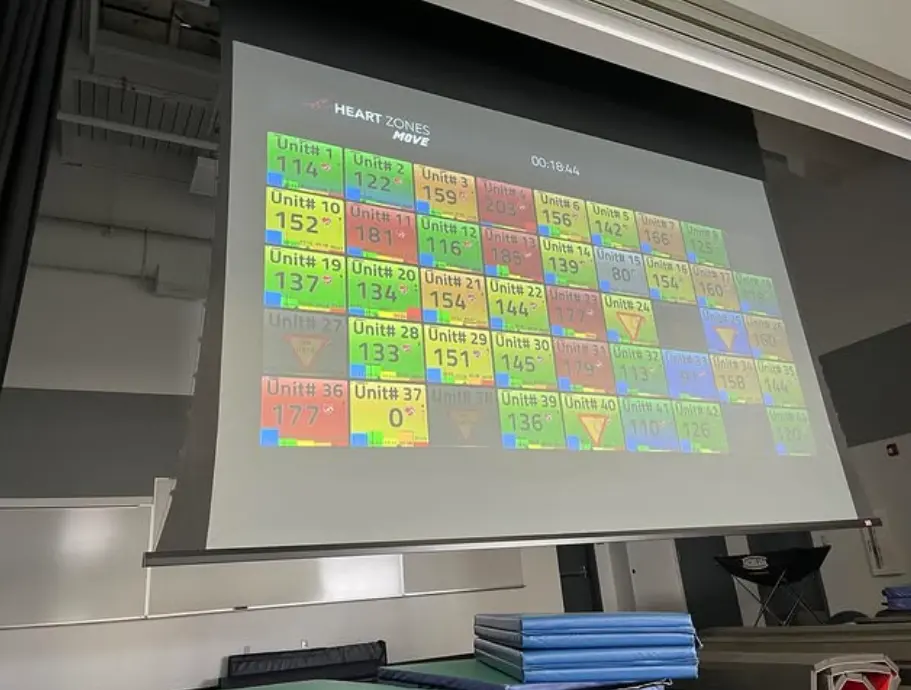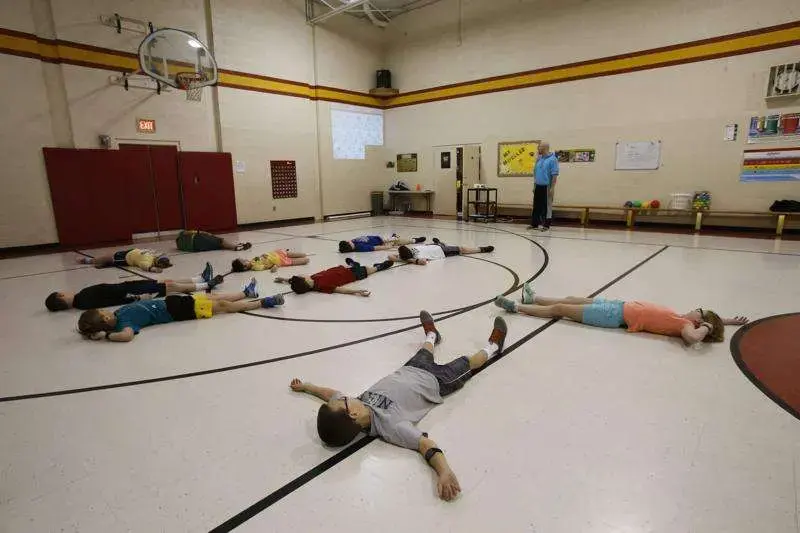In a bold move to “Make America Healthy Again,” Robert F. Kennedy Jr. recently proposed a nationwide initiative for every American to use wearable health technology. The goal: empower people to monitor heart rate, glucose, activity, sleep, and more—within four years. While national attention is focused on adult fitness and public health, there’s one powerful sector where this technology can make an immediate, lasting impact: K–12 physical education.
RFK Jr.'s vision underscores a key truth—wearables have the power to transform how we approach health. But that transformation shouldn’t wait until adulthood. In fact, the most meaningful gains may come when we start with our youngest learners.
1. Personalized Learning: Ditch the “One-Size-Fits-All” Model
Traditional PE has long relied on outdated formulas, like “220-minus-age” to determine maximum heart rate. But that method ignores individual differences. Just as RFK Jr. emphasizes personalized health data for all Americans, K–12 PE needs the same individualized approach.
Wearable heart rate monitors like those in the Heart Zones system deliver real-time data on each student’s effort—accurate, personalized, and actionable. Instead of guessing whether a student is working hard, teachers (and students themselves) can see it, live.
- No more hummingbirds vs. whales: Every student has a genetically determined max heart rate. Heart Zones’ “Save the Peak Value” feature adjusts heart rate zones based on real data—not age-based estimates—so students work within safe and appropriate limits for their body.
- Every student succeeds: Whether it’s a high-performing athlete or a student just starting their fitness journey, wearable tech meets kids where they are and helps them grow.
2. Motivation Through Gamification
Today’s students are digital natives. RFK Jr.'s national wearable strategy banks on the power of digital data to encourage behavioral change—and schools can do the same.

- Real-time rewards: Using a “Big Board” display, students can see their heart rate zones, Fit Points, and Fit Stars live as they move. It turns PE into an interactive, gamified experience—like a fitness video game with real-life benefits.
- Self-regulation and agency: As students watch their data in real time, they begin to understand how their choices affect their body, building self-awareness and intrinsic motivation.
3. Objective, Data-Driven Teaching
Kennedy’s campaign calls for health tracking to guide individual behavior. In PE, it can also guide instruction.
- No more guesswork: Teachers can see if students are exercising in moderate or vigorous zones and use this objective data to adjust lessons, personalize instruction, and improve outcomes.
- Year-over-year progress: With platforms like Heart Zones Connect, teachers can store and review data across semesters, creating meaningful progress reports that support both physical literacy and academic success.
4. Social Emotional Learning (SEL) Gets a Boost
Health isn’t just physical—it’s emotional. RFK Jr. highlights the power of wearables in helping individuals become more attuned to their bodies. In schools, this translates directly to SEL development.

- Mind-body awareness: Students connect emotions with physical responses—like recognizing how anxiety spikes heart rate—and use that insight for self-regulation.
- Building resilience: Students track how quickly their heart rate returns to normal post-exercise, learning how recovery links to overall wellness. That sense of accomplishment from hitting a personal goal? It builds confidence and grit.
5. Health and Safety in Real Time
While not medical devices, wearables can alert educators to unusual data patterns that may signal health issues—a point RFK Jr. emphasized in his campaign's safety concerns.
- Early detection: In some schools, wearable tech has helped uncover hidden cardiac issues when students’ heart rates didn’t align with expected exertion.
- Whole-child wellness: By promoting understanding of body response, recovery, and healthy exertion, wearables nurture habits that support mental, emotional, and physical health.
From National Vision to Local Classrooms
RFK Jr.’s nationwide campaign for wearables aims to spark a revolution in how Americans monitor their health. But if we’re serious about building a healthier future, that revolution must start in the classroom.
Equipping students with wearable technology isn’t just about fitness—it’s about education, empowerment, and equity. It means giving every child their own “health GPS,” personalized to their unique body, guiding them toward a lifetime of movement and wellness.
If we want wearables to transform public health at scale, we need to start with those who have the most to gain: our kids.